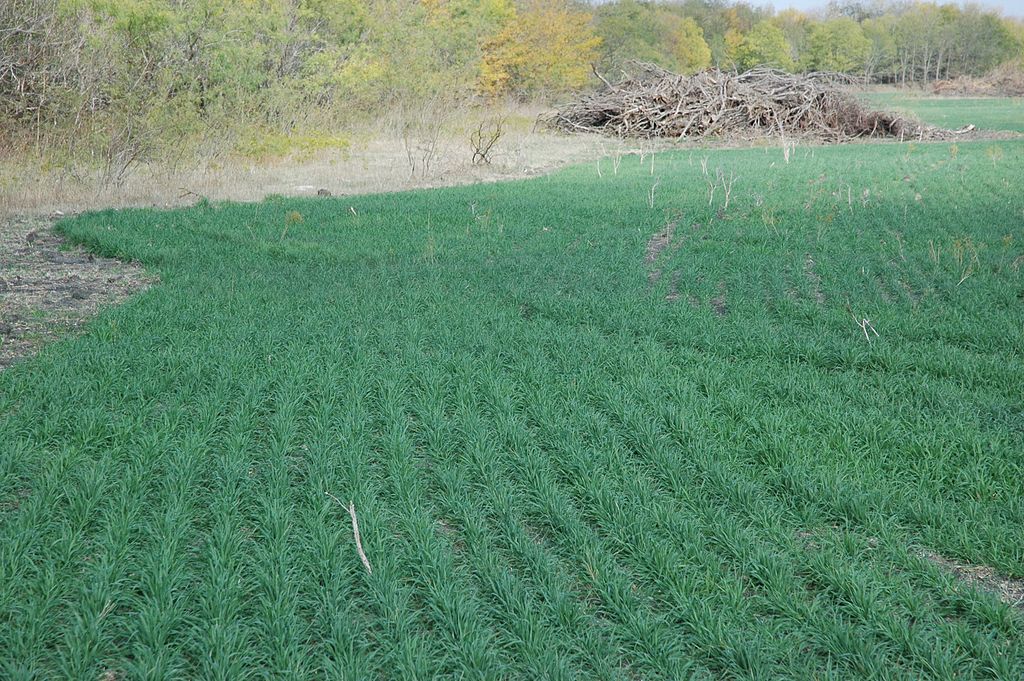Healthy Soils Program: Diversity of Farms Awarded, Cover Crops and Compost Most Popular Practices
Author: Brian Shobe | Published: December 13, 2017
The California Department of Food and Agriculture (CDFA) announced its first round of grants for the Healthy Soils Program last week. In our first blogpost about the awards, we shared a summary of the awards by project type (incentives versus demonstration) and a breakdown of the awards by county. In this blogpost, we share a preliminary analysis of the distribution of the awards based on land use type and the practices projects plan to adopt.
This preliminary analysis is based on our interpretations[i] of the one-paragraph project descriptions provided by applicants, which you can read here:
Incentives Projects
The 64 incentives projects are fairly well distributed across the major agricultural land use categories in California, with a quarter of the awards going to orchards, a quarter to annual cropland, and 13-14% each to vineyards, grazing/range lands, and mixed land use operations. Nine percent of project descriptions were too vague to determine their land use.
We were excited to learn that nearly three out of four projects awarded will be adopting more than one practice; furthermore, nearly one in four projects will be adopting four or more practices! Numerous studies have demonstrated that combining Healthy Soils practices has a synergistic effect on soil health and GHG emissions.
Cover cropping is by far the most popular practice with more than half (39) of the projects planning to adopt it. Compost applications to perennial crops (21) and annual crops (18), mulching (14), and hedgerow planting (16) are also quite popular, with more than a quarter of projects including those practices. The “herbaceous cover practices” (e.g. contour buffer strips, field border, filter strip, etc.) seemed to be the least popular, with at best a handful of projects planning to adopt those practices. However, it is important to remember that in order to be eligible for any of the “herbaceous or woody cover practices,” an applicant had to adopt or maintain an existing “soil management practice.” This likely prevented some farmers and ranchers who were interested solely in the “herbaceous or woody practices” from applying.

